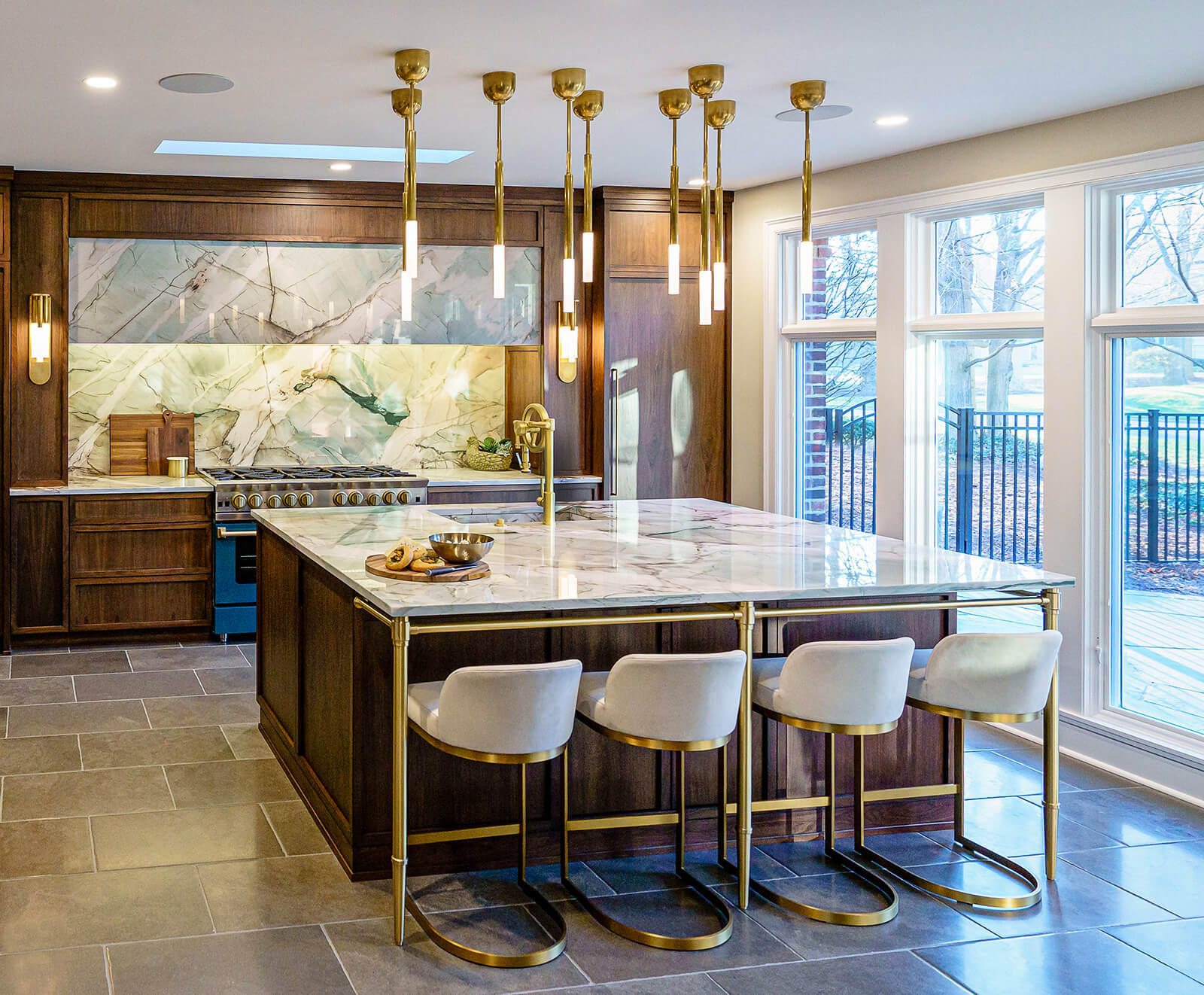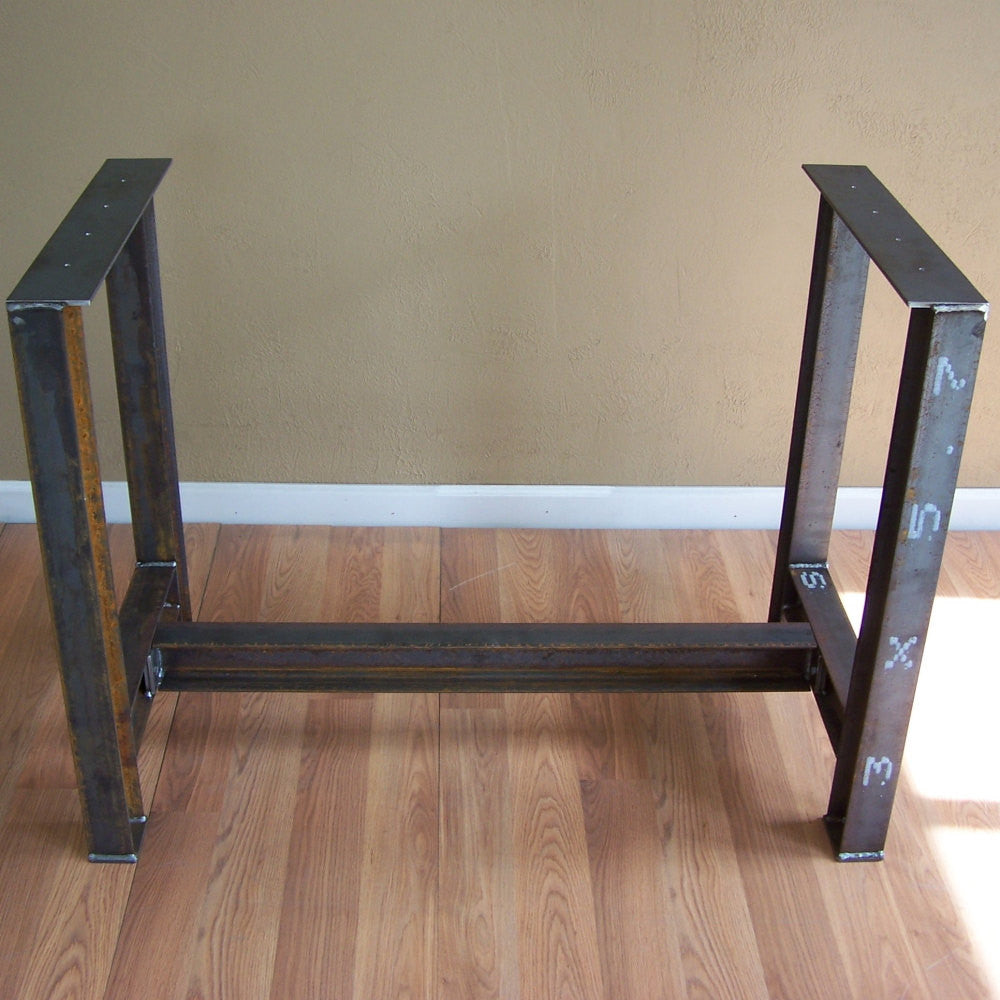Upgrade Your Kitchen's Visual with Premium Legs For Kitchen Island
Upgrade Your Kitchen's Visual with Premium Legs For Kitchen Island
Blog Article
Secret Considerations for Discovering the most effective Legs For Kitchen Area Island for Your Design
When picking the perfect legs for your kitchen area island, numerous key considerations come into play that can substantially impact both functionality and looks. The option of style, elevation, and product must straighten with your total kitchen area design to ensure a harmonious look.
Determine Your Design Choice
Identifying your design preference is critical when choosing the optimal legs for your kitchen area island. The legs of your kitchen island not only offer a practical objective but likewise add significantly to the general visual of the space. Identifying your layout style-- be it modern-day, rustic, standard, or commercial-- is crucial.
For a modern cooking area, take into consideration sleek, minimalistic legs that enhance clean lines and open rooms. Traditional cooking areas typically favor transformed or luxuriant legs, which can add a touch of elegance and sophistication.
Additionally, take into consideration the height and proportion of the legs in regard to the island's surface area. This ensures the visual equilibrium and capability essential for daily use. Assessing the existing elements in your cooking area, such as cabinets and home appliances, can also assist your choice, making sure cohesiveness in layout. Ultimately, your design choice will influence not just the choice of legs yet additionally the total harmony of your kitchen's layout.
Pick the Right Product
Picking the best material for your cooking area island legs is critical in making sure both durability and aesthetic charm. Numerous materials offer unique advantages, and the option typically reflects your design choices and functional needs.
Wood is a prominent selection, offering warmth and versatility. It can be stained or repainted to match your kitchen decor, making it versatile to numerous designs, from rustic to contemporary. Wood may need routine upkeep to maintain its look and integrity.

If you seek an one-of-a-kind touch, consider acrylic or glass products. They can create an illusion of room and lightness in your cooking area, making them an outstanding selection for smaller areas - Legs For Kitchen Island. These choices might call for cautious handling and maintenance to prevent scratches.
Eventually, the material you choose must line up with your cooking area's general layout, making sure that the legs serve both attractive and practical purposes.
Consider Elevation and Percentages
When designing a cooking area island, height and proportions play a vital role in guaranteeing functionality and convenience,. The typical height for a kitchen area island commonly varies from 36 to 42 inches, straightening with standard counter elevations or bar heights, specifically. This dimension is crucial for harmonizing with surrounding countertops and feceses, making it possible for ease of usage during meal preparation and social interactions.
Furthermore, the island's percentages should complement the general cooking area format. A well-proportioned island needs to not bewilder the area; instead, it should develop a well balanced aesthetic. Think about the proportion in between the island's width and size, ensuring it offers sufficient surface area without crowding the cooking area. A basic standard is to maintain a size of 24 to 48 inches, facilitating activity and accessibility.
Additionally, the elevation click here to find out more of the legs or base can affect the aesthetic allure and functionality. Taller legs might offer a much more contemporary, ventilated feeling, while shorter ones visit this site can evoke a conventional, based appearance. Eventually, carefully taking into consideration height and percentages will lead to a cooking area island that is both functionally reliable and visually enticing, boosting the total style of the area.
Assess Stability and Durability
A cooking area island's legs need to not just match its elevation and proportions yet likewise give appropriate security and toughness to sustain day-to-day activities. The legs are vital to the overall functionality of the island, as they birth the weight of the kitchen counter and any additional loads, such as appliances or food prep work tasks.
When analyzing stability, it is crucial to think about the leg style and product. For circumstances, tough steel or strong wood legs typically provide premium stamina compared to lighter products like engineered wood or plastic. Furthermore, a larger base can enhance stability, reducing the danger of tottering or tipping during use.
Toughness is just as vital; the legs need to stand up to deterioration from everyday usage. Consider finishes that safeguard against scrapes, damages, and wetness, especially in a cooking area setting. In addition, evaluate the quality of building, such as joints and attachments, which can significantly impact the legs' long-lasting performance.
Eventually, buying well-crafted legs that prioritize security and sturdiness will certainly guarantee your kitchen island continues to be a trusted work area for years to come, boosting your culinary experiences while keeping aesthetic appeal.
Consider Upkeep and Treatment
Upkeep and care are critical factors to consider for making certain the durability and efficiency of cooking area island right here legs. When picking legs, it is essential to assess the materials made use of, as different options need varying levels of maintenance. Wooden legs may call for regular refinishing or securing to protect against dampness damage and scratches, while metal legs might require regular polishing to keep their sparkle and protect against corrosion.
In addition, the coating applied to the legs can influence maintenance demands. A high-gloss layer might be simpler to clean yet could reveal scrapes and fingerprints quicker than a matte surface. It is suggested to choose materials and finishes that enhance your way of living; for instance, if you frequently organize gatherings, decide for sturdy products that can hold up against deterioration.
Additionally, take into consideration the cleansing procedure involved in maintaining these legs. Smooth surfaces typically need marginal effort, while detailed styles might build up dirt and grime, requiring even more labor-intensive cleansing techniques. Legs For Kitchen Island. Eventually, considering the upkeep and treatment needed for your chosen kitchen island legs will certainly not only boost their aesthetic allure but also ensure their practical integrity in time
Conclusion
Finally, choosing the ideal legs for a cooking area island demands mindful factor to consider of various variables, including layout style, material selection, stability, upkeep, and height. Each aspect plays a crucial duty in making sure that the legs not only improve the visual appeal of the cooking area yet additionally give the necessary assistance and durability for day-to-day use. A well-informed decision will ultimately add to a practical and visually pleasing kitchen environment.
The legs of your kitchen island not only serve a functional objective yet likewise contribute considerably to the overall visual of the area.Maintenance and treatment are important factors to consider for guaranteeing the longevity and efficiency of cooking area island legs. Wooden legs may call for regular refinishing or sealing to stop wetness damage and scrapes, while steel legs may need regular brightening to maintain their sparkle and avoid corrosion.
Inevitably, factoring in the upkeep and treatment needed for your picked cooking area island legs will not only enhance their aesthetic appeal however likewise guarantee their useful integrity over time.

Report this page